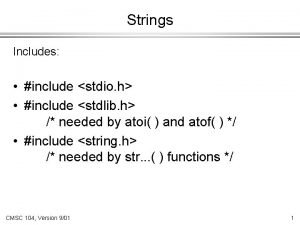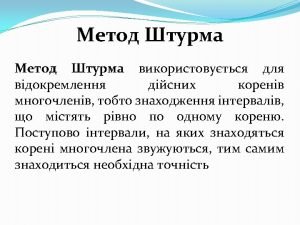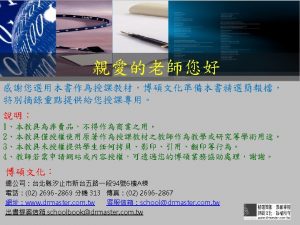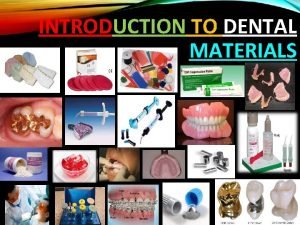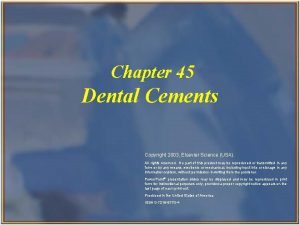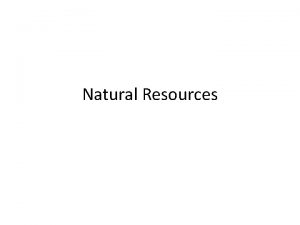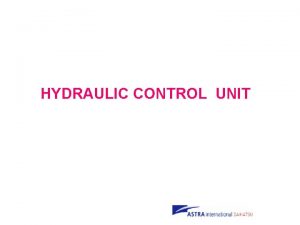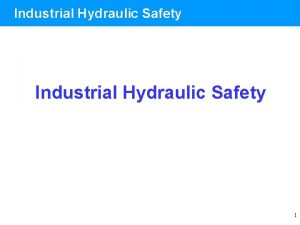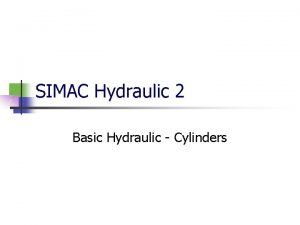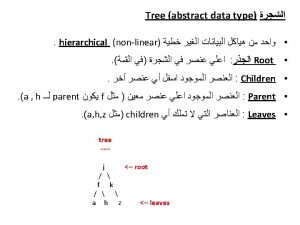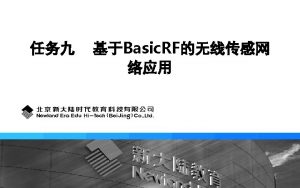NonPortland hydraulic cements Nonhydraulic cements include such materials







- Slides: 7

Non-Portland hydraulic cements • Non-hydraulic cements include such materials as lime and gypsum plasters, which must be kept dry in order to gain strength, and oxychloride cements, which have liquid components. • Lime mortars, for example, "set" only by drying out, and gain strength only very slowly by absorption of carbon dioxide from the atmosphere to re-form calcium carbonate through carbonation.

Cement One bag of cement, about 80 lbs cost at around 200 -320 pesos

Bricks • A brick is a block of ceramic material used in masonry construction, laid using mortar. • Enables the construction of permanent buildings in regions where the harsher climate precluded the use of mud bricks

Mud bricks • The soft mud method is the most common, as it is the most economical. • It starts with the raw clay, preferably in a mix with 25 -30% sand to reduce shrinkage. • The clay is first ground and mixed with water to the desired consistency

Dry pressed bricks • The dry press method is similar to mud brick but starts with a much thicker clay mix, so it forms more accurate, sharper-edged bricks. • The greater force in pressing and the longer burn make this method more expensive.

Calcium silicate bricks • The raw materials for calcium silicate bricks include lime mixed with quartz, crushed flint or crushed siliceous rock together with mineral colorants. • The materials are mixed and left until the lime is completely hydrated, the mixture is then pressed into moulds and cured in an autoclave for two or three hours to speed the chemical hardening.

